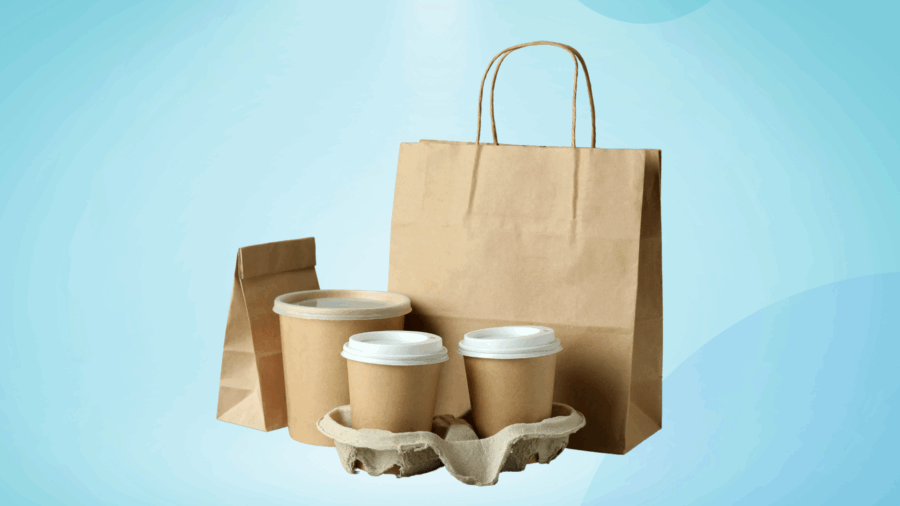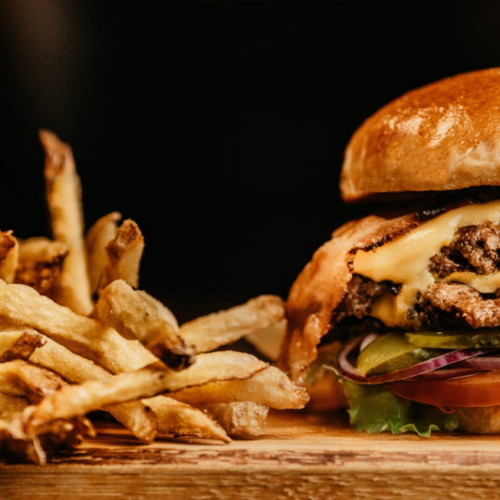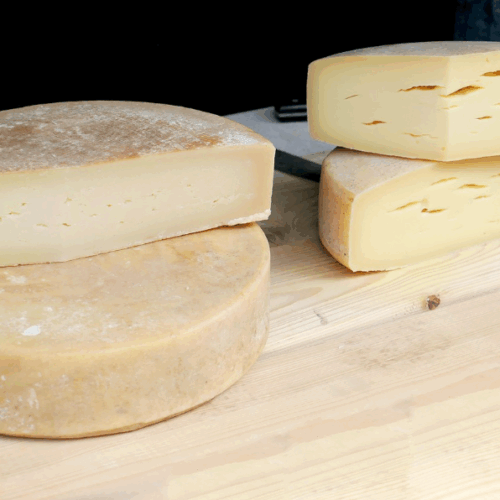As the food industry evolves in response to climate concerns, sustainable packaging is no longer a luxury—it’s a necessity. From street food trucks in Los Angeles to high-end restaurants in Singapore, chefs and brands are rethinking not just what goes on the plate, but what goes under, around, and over it.
Today’s eco-conscious diners care not only about flavor and freshness, but also about the footprint their takeout leaves behind. The shift from plastic to plant-based packaging is accelerating, and for good reason: consumers are demanding more responsible solutions. And forward-thinking brands like Bioleader® are at the forefront of this packaging revolution.
The Environmental Cost of Conventional Packaging
The global food service industry generates over 300 million tons of plastic waste annually, with single-use plastics being the prime culprits. Traditional containers and wrappers, often made from polystyrene or PET, can linger in the environment for 400 to 1,000 years. That burger box might be convenient, but it’s contributing to microplastics found in soil, rivers, and even human bloodstreams.
Compostable alternatives, by contrast, are designed to return to the earth. Materials like sugarcane bagasse, cornstarch, and PLA bioplastics offer similar functionality but decompose within months under proper composting conditions.
How Chefs Are Redefining “Plating” with Packaging
Top food influencers and restaurant owners are embracing sustainable containers not just for environmental reasons but also for aesthetic and branding advantages. Today, a thoughtfully packaged dish sends a message of quality and responsibility.
Imagine receiving a beautifully crafted quinoa salad inside a kraft paper bowl with a transparent lid, labeled with minimal yet elegant branding. The visual appeal enhances the dining experience—even if it’s enjoyed in a park, on a couch, or in a car.
Products like Bioleader®’s compostable kraft salad bowls are leading this transformation, offering not just functionality but Instagram-worthy presentation.
Bio-Based Materials: From Farm Waste to Functional Packaging
Sugarcane bagasse, the fibrous residue left after juice extraction, is now one of the most popular materials for biodegradable packaging. It’s sturdy, heat-resistant, oil-repellent, and microwave-safe. No trees are felled in the making of these containers, and their production emits significantly less CO₂ than plastic or paperboard.
Similarly, cornstarch tableware offers another renewable and food-safe solution. Made from fermented corn glucose, these utensils and boxes maintain their shape under high heat and compost fully within 90–180 days.
Bioleader® offers a wide range of such eco products, including cornstarch food containers, bagasse bowls, and PLA cups, which meet EU and U.S. compostability standards.
Why Food Businesses Should Make the Switch Now
Making the switch to sustainable packaging isn’t just about ethics—it’s about brand positioning, legal compliance, and customer retention.
Here’s why it matters in 2025:
- 🌎 Regulatory Pressure: Over 80 countries now ban or heavily tax single-use plastic. Europe’s EN13432 and the U.S.’s ASTM D6400 standards are becoming industry norms.
- 📱 Social Media Impact: Eco-friendly packaging increases shareability. “#PlasticFreeTakeout” and “#SustainableFood” are trending across Instagram and TikTok.
- 👥 Customer Loyalty: Gen Z and Millennials—who drive food delivery growth—actively choose brands with visible sustainability efforts.
A Case Study: Meal Kits Meet Eco Containers
A U.S.-based meal kit company recently collaborated with Bioleader® to overhaul its entire packaging line. By switching from plastic clamshells to compostable bagasse bowls, they cut total packaging waste by 72% and earned LEED certification credits for sustainable operations.
Customers not only appreciated the eco-effort—they noticed better food presentation and easier disposal. Positive reviews soared, and return orders jumped by 18% in Q2.
How to Integrate Eco Packaging Without Compromising Costs
One concern among small food businesses is that sustainable packaging is expensive. While unit prices can be slightly higher, the total value often proves superior:
- Reduced disposal fees in cities with composting programs
- Boost in customer perception and social engagement
- Avoidance of future compliance fines
And with scalable B2B options available from Bioleader®’s, restaurants and cafés can procure affordable wholesale compostable tableware without sacrificing profit margins.
2025 Packaging Trends to Watch
- Transparent PLA lids on kraft bowls for upscale visual appeal
- Printed bagasse trays with soy-based ink for branding
- Stackable compostable cups for cold drinks and smoothies
- Minimalist labeling with QR code sustainability disclosures
- Dual-use clamshells (oven + freezer safe)
These trends show that packaging is no longer a background detail—it’s an extension of your food brand’s identity.
Conclusion: Your Takeaway Shouldn’t Outlive You
Food connects cultures, emotions, and communities. But how we package and deliver it also tells a story—one of responsibility, innovation, and care.
By choosing sustainable tableware, you’re not only reducing landfill load but also building a brand that future customers will trust and love.
Whether you’re operating a cozy food truck, a fast-growing delivery kitchen, or a gourmet café, it’s time to upgrade your packaging with compostable, biodegradable alternatives.
Let your next takeaway order reflect not just your recipe—but your values.



